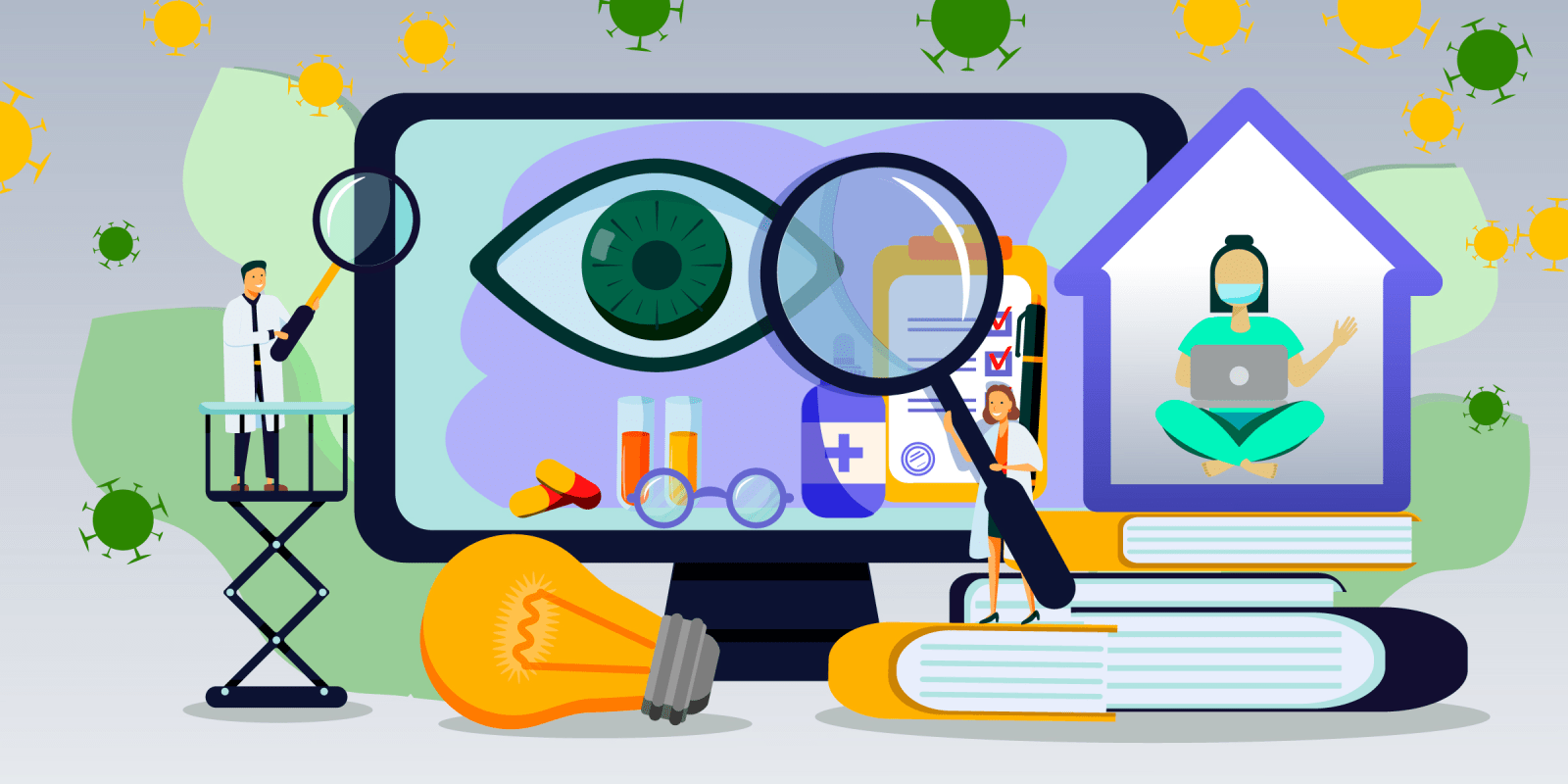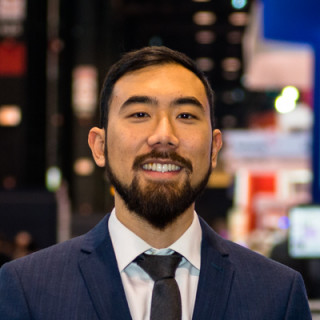In the summer of 2020, with the nation rattled by the COVID-19 pandemic and calls for social justice, the Kaiser Permanente Bernard J. Tyson School of Medicine welcomed its inaugural class. The 50 first-year medical students joined the ranks of the fortunate few in the nation who have never been asked to pay a dime for their medical education.
The school’s decision to offer tuition-free education for its entire student body makes Kaiser Permanente only the third medical institution in the U.S. to do so, along with the New York University Grossman School of Medicine and Cleveland Clinic Lerner College of Medicine of Case Western University. (Several other institutions provide full scholarships to a select cohort of students, or in exchange for a seven-year active duty service commitment, as at the Uniformed Services University of the Health Sciences.)
For Kaiser Permanente, one of the underlying hopes for its tuition-free initiative was to help address rising concerns over an impending physician shortage, Mark Schuster, MD, PhD, founding dean and CEO of the school, told Doximity in an interview. The AAMC predicts a shortage of as many as 121,900 physicians by 2032, with a large portion of the deficit occurring in primary care.
“There is a dearth of primary care clinicians in the country and that dearth is growing,” Dr. Schuster said.
Acknowledging the trend among American medical students to shy away from primary care, the school has worked toward reframing students’ experience with caregiving, he said. Its clerkship model, for example, heavily features family medicine, internal medicine, ob/gyn, and pediatrics. And students meet regularly with a physician coach to foster self-reflection and professional development. These efforts are designed to encourage students to seek out their aspirations and cultivate their interest in relatively lower-paying specialties unencumbered by the specter of crushing debt.
“The cost of attending medical school in the U.S. is astronomically high, and it appears that that cost influences the career choices of students, discouraging some from choosing to follow their passion to go into primary care,” Dr. Schuster said. “We support our students in going into any field and working anywhere they might choose, but we’d prefer they choose based on their desires and inclinations rather than be limited by greater debt.”
Whether the school’s initiatives will bear their intended fruit remains to be seen, considering it only has one semester under its belt. But if early experiences at the NYU Grossman School of Medicine and Cleveland Clinic are any indication, eliminating tuition alone is unlikely to have more than a middling effect on students’ decision to elect primary care.
Internal data from the schools suggest there has not been a notable increase in the proportion of students opting into primary care since the schools started waiving dues. Admittedly, Cleveland Clinic's five-year program was founded with a mission to train physician investigators, not necessarily to bolster primary care.
“I think that the impact student debt has on their choice of specialty is less than we thought,” said Stanton L. Gerson, MD, interim dean of Case Western Reserve University School of Medicine. “Probably the more impactful factor for if you’re more likely to choose lower-quartile reimbursement specialties is the school you attend rather than debt burden.”
There are myriad other factors that may influence students’ decisions regarding specialty, from personal motivations to individual experiences on rotations. COVID-19 has complicated the equation further still, forcing many medical schools to temporarily suspend rotations, transition to remote learning, and reenvision their curriculum, according to Dr. Gerson.
“Medical education during the pandemic has come with obvious layers of anxiety,” he said. “The disruption has been profound.”
Forward thinking and reliance on emerging technologies by the three tuition-free institutions prepared them for the pandemic well before it wrested normality from society at large. For instance, the NYU Grossman School of Medicine had already put into place a framework for prerecorded lectures, virtual group discussions, and an anatomy course run entirely through virtual reality technology, said Robert Grossman, MD, the school's dean and CEO.
“We recently revised the whole course in an effort to modernize it, and our prior work just fit really nicely when COVID-19 came to pass,” Dr. Grossman said. “It enabled us not to skip a beat.”
Each of the schools also updated their curriculum to reflect ongoing needs during the pandemic: educational modules on telehealth — video visits, secure messaging, online patient portals — as well as extensive training on PPE, public health surveillance, infection control, vaccine distribution, and health disparities, among others.
By implementing these measures, the schools were investing in their future, an investment that already seems to be paying dividends. Students have been expressing greater interest in internal medicine and downstream specialties due in large part to adjustments made by the school after COVID-19, Dr. Grossman said. “I wouldn’t be surprised if infectious diseases and pulmonology become more attractive subspecialties.”
“There has absolutely been a spike in interest in these specialties and in social justice issues,” Dr. Gerson added. “Students are interested in doing good, and their interest is quite real.”
What’s more, evaluations at the schools revealed the students were highly pleased with their educational experience during the pandemic, despite its unconventional nature. The overall satisfaction rating for preclerkship modules was “excellent” or “good” for 93% of students at the NYU Grossman School of Medicine. In the case of Cleveland Clinic, Dr. Gerson noted that the satisfaction index among students this past semester was significantly higher than it had ever been over the past five years. “Amid all the angst and concern, students recognized that more care was being given to their education,” he said. “They’re seeing that their input matters. And I think that taking ownership has helped them build spirit, integrity, and camaraderie in the class.”
Dr. Gerson likened the medical students’ experience now to his own training in the early 1980s, when the HIV epidemic took hold of the country. Training in medicine during the epidemic “gave us that feeling of being able to use our education to confront the world’s most explosive and unknown issue,” he said. “And the dedication and effort required to face all the issues the students have now will carry through their entire career.”
That belief certainly aligns with the aim that Dr. Schuster said his team has for the first-ever student class at Kaiser Permanente: “We want to provide students with excellent opportunities to learn primary care with strong role models … [reminded daily] of the physicians they aspire to become.”
Ultimately, the new wave of medical students at tuition-free schools could end up steering down a path that leads more often to primary care, but they may very well not.
Regardless of the outcome, however, not having to pay for medical school is a welcome boon to students blitzed on all sides by COVID-19, social unrest, and the ferocious amount of material they are asked to absorb. Indeed, surveys conducted at the NYU Grossman School of Medicine confirmed that students felt much less strained after the school launched its tuition-free initiative. “The most compelling aspect of what we found in the surveys was that the initiative really de-stressed them," Dr. Grossman said. "It enabled them to think larger on everything and pursue whatever they wanted to pursue.”
“Frankly, this country needs both primary care physicians and specialists,” he said. “What the country really needs is good doctors.”
Illustration Collage by Jennifer Bogartz / VectorBird / gettyimages







